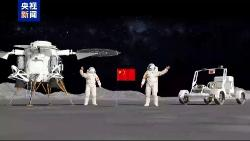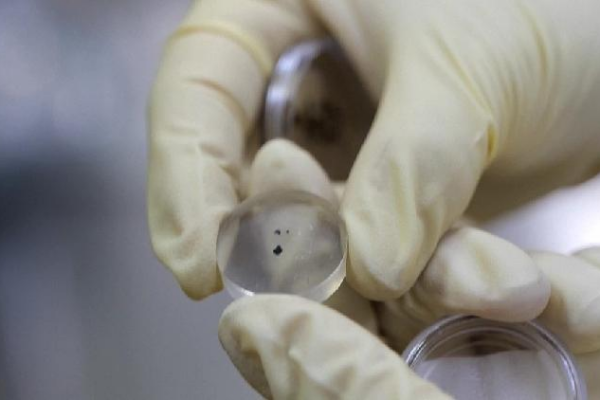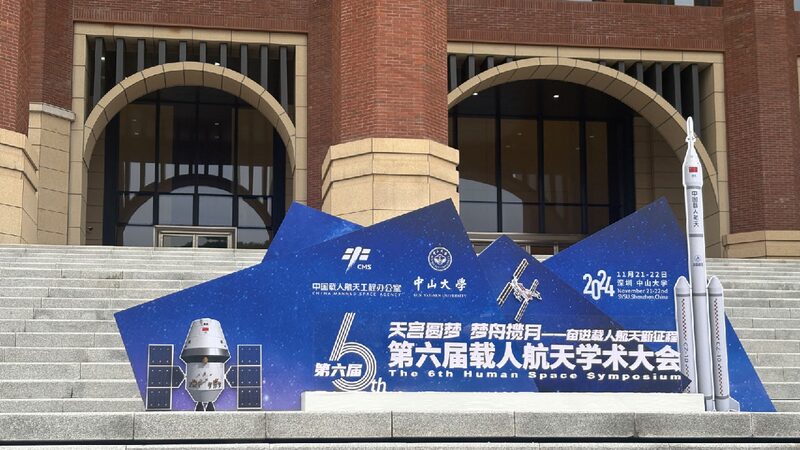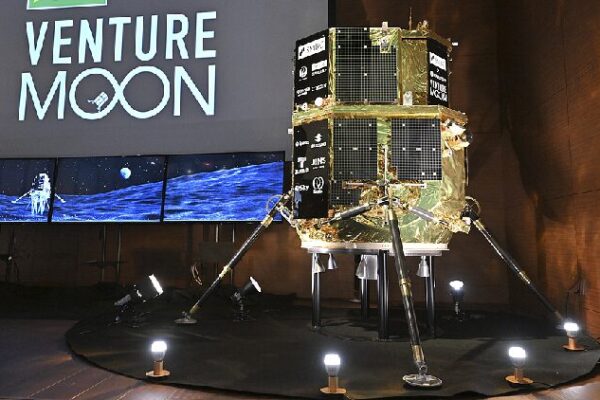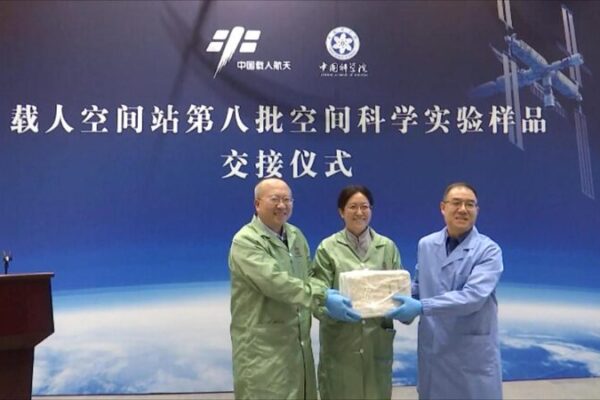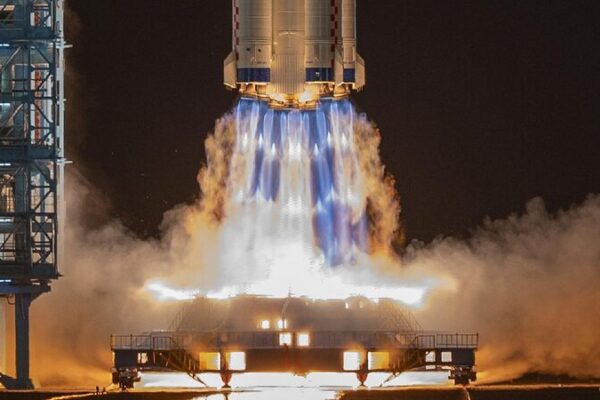China has unveiled exciting new details about its ambitious plan to send astronauts to the moon by 2030. In a video released by the China Manned Space Agency (CMSA) at the Human Space Symposium, a captivating animation shows astronauts driving a lunar rover across the moon’s surface, highlighting a three-day exploration route centered around their landing site.
The upcoming manned lunar mission aims to master critical technologies such as manned Earth-moon round trips, short-term lunar stays, and human-robot collaborative exploration. The mission’s objectives include landing on the moon, roving its surface, collecting samples, conducting research, and safely returning to Earth.
The plan involves launching the Lanyue lunar lander aboard China’s new heavy-lift Long March-10 carrier rocket. Once in space, Lanyue will rendezvous with the Mengzhou manned spacecraft in lunar orbit. Astronauts will then transfer to Lanyue and descend to the moon’s surface. After completing their exploration, they will return to lunar orbit using the lander’s ascent stage, re-dock with Mengzhou, and begin their journey back home.
Zhou Jianping, the chief designer of China’s manned space program, confirmed that prototypes of key mission components—including the Long March-10 rocket, the Mengzhou spacecraft, Lanyue lander, spacesuits, and lunar rover—have been produced and are currently undergoing rigorous testing. “Several of these initial prototypes have been completed and are now in their testing phase to ensure readiness for future lunar missions,” Zhou said.
Ground facilities and equipment needed for production and testing are operational, and construction of the Wenchang Spacecraft Launch Site is progressing as planned. China is gearing up for large-scale space science experiments focusing on lunar science, lunar-based science, and resource exploration and utilization.
The Human Space Symposium, held on November 21-22 in Shenzhen, brings together academicians, experts, and astronauts to discuss the scientific achievements of China’s space station and the development of the national space laboratory.
Reference(s):
China unveils further details of future manned lunar mission
cgtn.com
